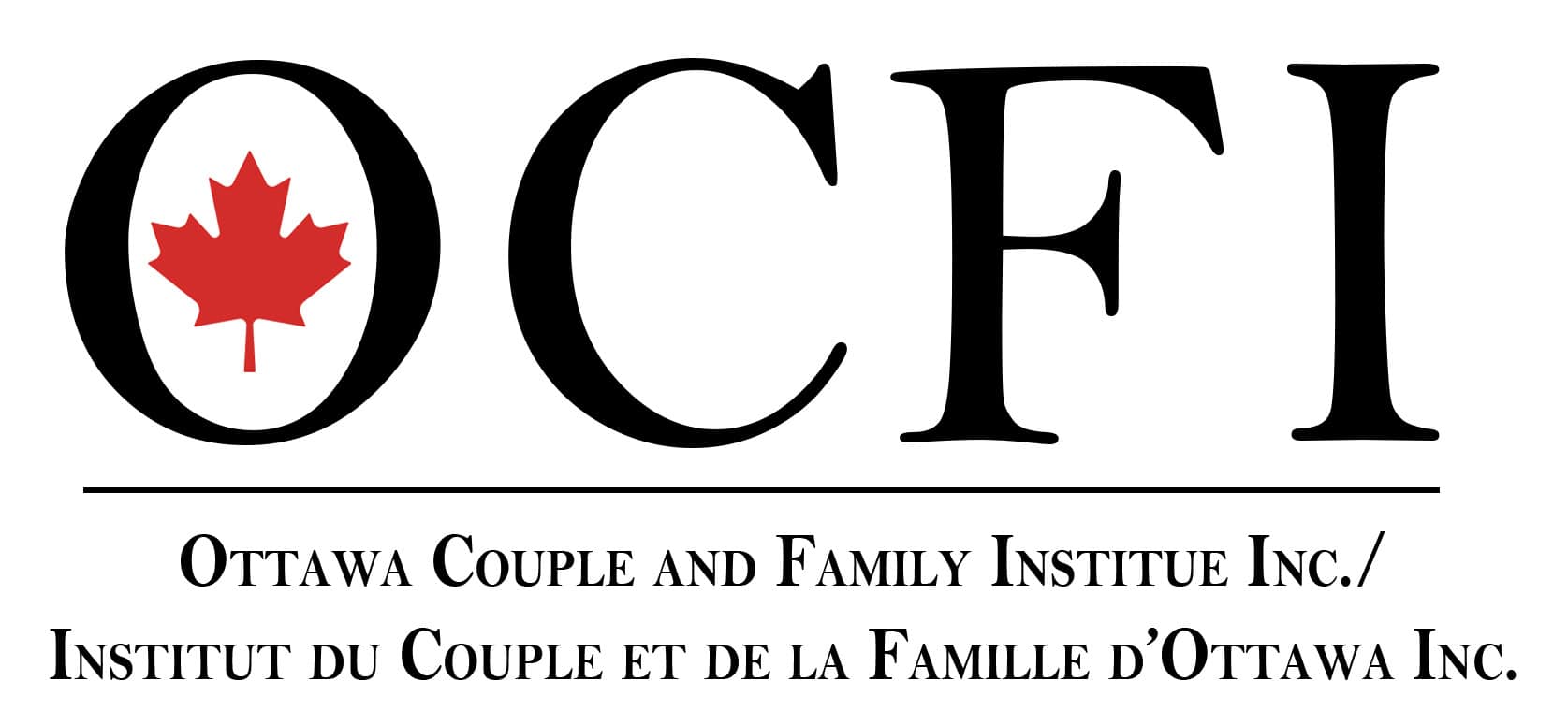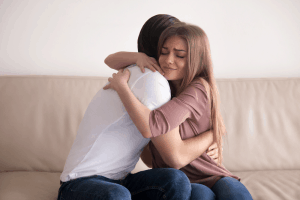I am sitting in a restaurant shamelessly eavesdropping on a conversation at the next table. “People who expect all this woo woo stuff — love and closeness in marriage — are out of their minds,” declares an elegantly dressed woman to her friend. “If you’re lucky in love, you get a reasonable roommate and even that is just the luck of the draw. No-one will ever figure love out.” I can’t help myself. I lean across the space between us and whisper, “No — that’s not true. We really faire know about the woo woo stuff. We have cracked the code of love and you don’t need luck! We know how to do it!”
The new science of love and loving has been evolving for over a decade. Now, as we begin the 21st century, we finally know what love is about and how it works. Here’s what we’ve learned:
- Le besoin que nous avons, enfants, de pouvoir appeler une personne spéciale et de savoir qu'elle répondra en nous rassurant et en nous réconfortant ne disparaît jamais. Savoir que nous sommes aimés est le havre de paix auquel nous aspirons tous. Ce désir est inscrit dans notre cerveau du berceau à la tombe.
- Les plus forts d'entre nous ne sont pas ceux qui peuvent prendre ou laisser les autres, mais ceux qui peuvent prendre des risques et aller vers eux. Ces personnes savent envoyer des signaux émotionnels clairs qui rapprochent les autres. Et la proximité nous rend plus forts. Plusieurs mois après le 11 septembre, les survivants qui n'hésitaient pas à se tourner vers leurs proches semblaient bien se remettre, tandis que ceux qui se détournaient ou avaient peur de compter sur les autres luttaient toujours contre les fantômes de cette journée.
Notre cerveau est câblé pour considérer l'isolement émotionnel comme dangereux et envoie un signal de panique lorsque nous ne parvenons pas à faire réagir un être cher. Si nous ne pouvons pas rétablir le contact, nous nous fermons ou nous devenons exigeants. Ces deux stratégies peuvent se retourner contre nous et repousser notre amoureux.
- When we have that special closeness to a loved one, while making love or just holding each other, we are flooded with a cuddle hormone, called oxytocin, found only in animals that are monogamous when they mate. Oxytocin gives us a sense of calm joy, while also tamping down our stress hormones.
- Conflicts about the kids, sex or money don’t make or break a relationship. What really matters is emotional connection. Underneath the discord, the real issue is that partners are questioning the security of their bond: “Are you there for me?” “Can I count on you to respond to me — to put me first?” When couples understand the fundamental issue, they can help each other reconnect. Then problems about the kids, sex or money are just differences, not relationship bombs.
Can this emerging knowledge help you come to a better understanding of your love relationship and build a closer, stronger and more trusting connection with your partner? Yes! You can learn to send clear emotional signals to your partner in a series of focused conversations that you can have with your partner. These conversations are the central element of emotionally focused couple therapy or EFT. This therapy doesn’t give couples tips to tone down conflict or manuals on how to be nicer to each other. It teaches partners how to express our most basic needs and fears and how to engage in conversations that foster a secure, enduring and loving bond.
Vingt-cinq ans de recherche nous indiquent qu'après l'EFT, 7 couples malheureux sur 10 sont capables de réparer leur relation. Ils sont capables de :
- Sortez de ce que j'appelle les dialogues démoniaques, où les partenaires s'enferment dans des spirales d'émotions négatives et finissent par se fermer et par exclure leur partenaire, ou par devenir si exigeants dans un effort pour contrer le manque de connexion qu'ils repoussent leur partenaire. Lorsque vous comprenez les émotions que vous et votre partenaire ressentez, vous pouvez voir ces spirales de déconnexion au moment où elles se produisent. Gérer la déconnexion émotionnelle de manière positive est un élément essentiel pour renforcer votre relation amoureuse.
- Forgive the injuries and hurts that poison love relationships and learn to trust again. If we understand the exquisite logic of love — we can understand how to heal the wounds love inflicts. The key moment in this forgiveness is when injured partners look into the eyes of their partner and see that their pain is shared. They are not alone.
- But most important of all, these couples can then create Hold Me Tight conversations. These positive exchanges of loving responsiveness cultivate the close connection we all long for. I recall one couple. “I get so freaked out when I hear that disappointment or frustration in your voice,” Tim finally confided to Amy. “I guess I just run. I talk about tasks or concrete issues to get away from the feelings. I don’t know how to tell you that I go all hopeless. A voice in my head says that I will never make it with you. At these times, I need to know that you are my lady, even if I am just blundering along and make all these mistakes.” When Tim is open like this, he gives Amy what she has always wanted. She tells him, “I don’t need a perfect Tim. I just need you to be with me, to share with me like this.”
- Ce genre de conversation crée le genre de connexion sûre dont nous avons tous besoin et qui est la formule, enfin nous en avons une, pour une vie d'amour.





